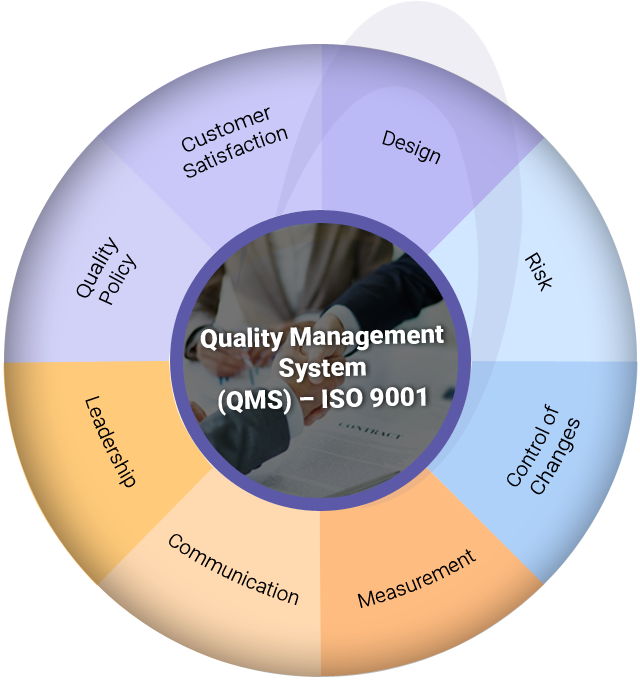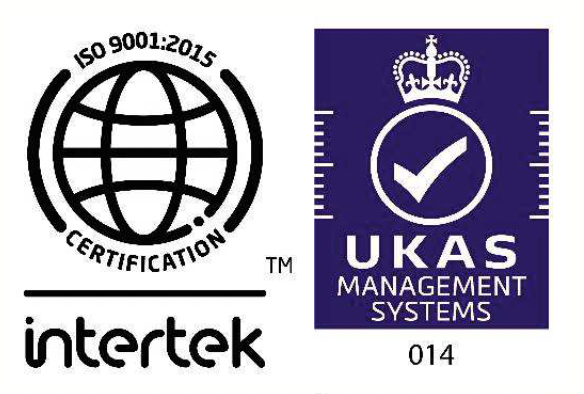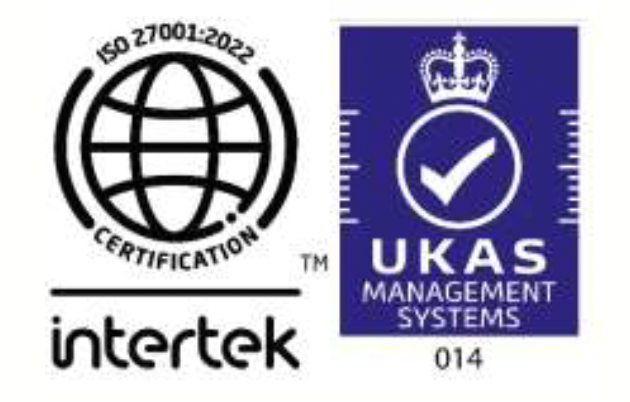Why the Design Clause Matters
- Customer Focus – Design ensures products and services are developed with customer expectations at the core.
- Risk Management – Early detection of flaws during the design stage saves resources and avoids large-scale defects later.
- Innovation Driver – Structured design allows organizations to differentiate in competitive markets.
- Continuous Improvement – Feedback from design reviews drives ongoing enhancement across processes.
Simply put, the design clause bridges the gap between quality management and strategic growth, making it the most crucial element of ISO 9001.
Applying Design Thinking in ISO 9001
A practical way to meet the design clause requirements is by integrating Design Thinking into the ISO 9001 framework. This human-centered, iterative approach ensures that solutions are usable, effective, and valued by end users. Here’s a simple process approach:
Empathize (Understand Needs)
- Engage with customers, suppliers, and stakeholders to capture real pain points.
- Use surveys, interviews, and data analytics to identify what matters most.
Define (Frame the Problem)
- Translate findings into clear problem statements.
- Example: “Our clients struggle with delays in delivery communication.”
Ideate (Generate Solutions)
- IConduct brainstorming sessions across departments.
- Encourage creative, even unconventional ideas without immediate judgment.
Prototype (Test Quickly)
- Build simple models, mock-ups, or service flow diagrams.
- Prototypes make ideas tangible and easier to evaluate.
Test (Validate and Refine)
- Share prototypes with end-users for feedback.
- Refine until solutions meet ISO 9001 quality and customer requirements.
Conclusion
By embedding design thinking into the ISO 9001 design clause, organizations go beyond compliance. They create systems that consistently deliver customer satisfaction, operational efficiency, and competitive advantage. This clause is not just about meeting standards—it’s about shaping the future of your products and services.


